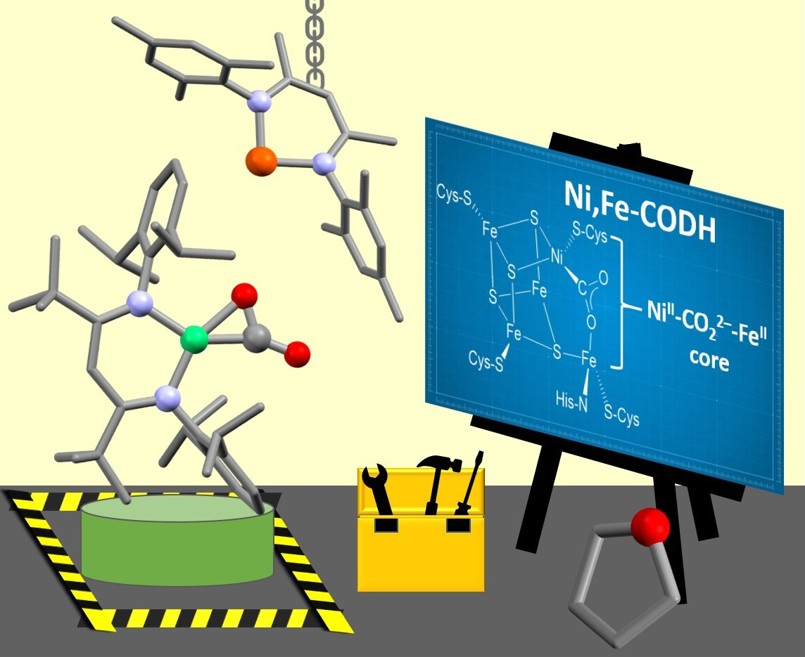
Marius Horch
@horch_lab
Ultrafast & Nonlinear Vibrational Spectroscopy | Experiment & Theory
Part of @UniSysCat at @FU_Berlin
#catalysis #biophys #bioinorg #ultrafast #spectroscopy
ID: 1570911374737293399
https://www.physik.fu-berlin.de/en/einrichtungen/ag/ag-horch/ 16-09-2022 23:04:23
116 Tweet
103 Followers
87 Following

When is a chemical bond broken? There are no energy maxima during dissociation, so Diptarka Hait (Diptarka Hait) instead looked at polarizability to determine onset of electron localization. Check out our exciting new preprint for details and examples. chemrxiv.org/engage/chemrxi…


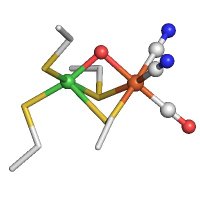
In our new joint article doi.org/10.1039/D3SC03… in Chemical Science, we have modified and analyzed the unique [4Fe-3S] cluster of a true O2-tolerant [NiFe]-hydrogenase, revealing a refined picture of O2-tolerant H2/H+ cycling. Lenz_Group, Stefan Frielingsdorf, Armstrong Group Oxford
![Lenz_Group (@lenz_group) on Twitter photo In our new joint article doi.org/10.1039/D3SC03… in <a href="/ChemicalScience/">Chemical Science</a>, we have modified and analyzed the unique [4Fe-3S] cluster of a true O2-tolerant [NiFe]-hydrogenase, revealing a refined picture of O2-tolerant H2/H+ cycling. <a href="/Lenz_Group/">Lenz_Group</a>, <a href="/frieli_deluxe/">Stefan Frielingsdorf</a>, <a href="/ArmstrongOxford/">Armstrong Group Oxford</a> In our new joint article doi.org/10.1039/D3SC03… in <a href="/ChemicalScience/">Chemical Science</a>, we have modified and analyzed the unique [4Fe-3S] cluster of a true O2-tolerant [NiFe]-hydrogenase, revealing a refined picture of O2-tolerant H2/H+ cycling. <a href="/Lenz_Group/">Lenz_Group</a>, <a href="/frieli_deluxe/">Stefan Frielingsdorf</a>, <a href="/ArmstrongOxford/">Armstrong Group Oxford</a>](https://pbs.twimg.com/media/F7bElr4WkAAteb9.png)

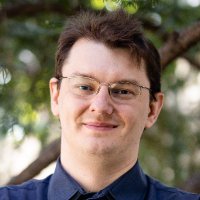
Pushing the limits of accurate #compchem for open-shell molecules with our local natural orbital (LNO) CCSD(T) code up to 600-atom proteins. Thx to P. Bernát Szabó & mrcc.hu team for the effort & JCIM & JCTC Journals European Research Council (ERC) pubs.acs.org/doi/10.1021/ac…

Another exciting PhD position to join my group at Leicester Chemistry via the excellent MIBTP! Join us to explore novel protein scaffols and de novo designed peptides for ArM, in collaboration with the amazing Anna Peacock warwick.ac.uk/fac/cross_fac/…

Today in our Chemistry Seminar at Leicester Chemistry we had Dr Marius Horch from the Freie Universität Berlin. It was a pleasure to host him and we hope he enjoyed his visit as much as we did! Thanks for visiting us and giving such a nice lecture, Marius!


New 2D-IR work on a [NiFe] hydrogenase mimic by Chemistry at York, Central Laser Facility and Marius Horch reveals the influence of hydrogen bonding on the active site: doi.org/10.1021/acs.jp…
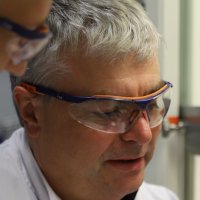
Fantastic to see this published. Read about how you can observe catalyst behaviour from the fastest to the slowest events. Part of a great collaboration with Prof Ian Fairlamb - we have over 50 papers together now 😀 Chemistry at York pubs.acs.org/doi/10.1021/ac…
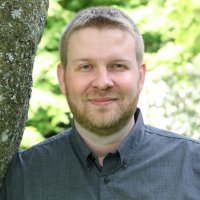

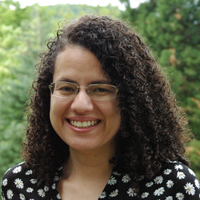
The work by Farzin Sohraby and me investigating pathways for gas dissociation in [NiFe] hydrogenase and proposing mutations to make the enzyme inhibitor-resistant is now online JCIM & JCTC Journals! #compchem pubs.acs.org/doi/10.1021/ac… Big congrats to Farzin for being a fantastic student!


Check out our latest work at Angewandte Chemie. Hydrogenases are ground-state catalysts, but they do interesting and potentially useful photochemistry as well. Great collaboration with TU Berlin within UniSysCat - Cluster of Excellence.


Raman spectroscopy can do more for hydrogenase research than previously anticipated: doi.org/10.1016/j.jino… Another great collaboration with Giorgio Caserta, Stefan Frielingsdorf, Lenz_Group, TU Berlin and Charité - Universitätsmedizin Berlin as part of UniSysCat - Cluster of Excellence.

Some time ago, my colleague Gesa Dreyhsig and I had the special opportunity to welcome a special guest at Freie Universität to get to know another world of chemistry: the entertainment (but also teaching) industry! m.youtube.com/watch?v=O-g5-L…


Just out 😊: Siad Wolff has accomplished the design of a molecule with a Ni-CO2-Fe entity, resembling the one in the enzyme CODH, giving us a clue why nature may have used iron here. Thanks a lot also to all other contributors!! Angewandte Chemie UniSysCat - Cluster of Excellence onlinelibrary.wiley.com/doi/10.1002/an…
